When creating a woodworking project, the most important thing you need to pay attention to is the joinery technique as well as the wood glue to hold your project together.
When it comes to the types of wood glue, there are plenty of options, but you need to choose one of them. Different types of wood require different kinds of wood glue.
You may like: DIY Rustic Hemp Rope Chandelier for 35$
In the text bellow you’ll find 5 types of wood glue, some tips on how to use them, and a guide to choosing the right one.
Disclosure: As an Amazon Associate I earn from qualifying purchases.
1. PVA Glue
Polyvinyl acetate (PVA) glue is the most common type of glue. These two words simply mean that it’s a colorless, odorless material used in adhesives. If you have a bottle of wood glue at home, it’s likely to be PVA glue. Yellow glue, white glue, and simply bottle of “wood glue” are all likely to be PVA glue. Some special formulations of PVA glue, for example Titebond III are waterproof.
The greatest advantage of PVA glue is that it is available everywhere. But, you should be careful and remove the excess glue of your project because it can affect your finish, with other words it will be visible after you apply the finish, which will completely ruin the appearance of the project.
So, before gluing two pieces of wood together you can place a line of masking tape down one side of the joint, spanning the crack with the tape. Then flip the wooden pieces over and apply glue inside the joint. Clamp the two pieces down and use a cloth to wipe off any excess glue.
2. Epoxy
Epoxy comes in two parts: a resin and a hardener. It is made by mixing these two agents in exact proportions. They are both liquid, but when mixed together a chemical reaction occurs and causes the mixture to harden.
The advantage of using epoxy is that it is waterproof and also does a great job filling gaps in imperfectly matched joints, which is not the case with the other above mentioned types of glue.
3. Polyurethane glue
Polyurethane glue is activated by moisture, and swells as it is activated and dries. It dries very quickly and hard, and it is waterproof. Dealing with dried polyurethane glue can be problematic for finishes.
Polyurethane glue is appropriate for so many different projects, because it can be used indoors and outdoors. Before applying polyurethane glue, wet the piece of wood with a damp cloth. After applying the glue, clamp the pieces together as soon as possible, and let it 24 hours to completely dry. Use mineral spirits to clean off any excess polyurethane glue.
4. Hide Glue
In case you’re wondering, yes, it comes from animal hides. There are two types of hide glue.
The first one is hot hide glue, which is made by heating granules of hide glue in a pot with water. It liquefies as it heats, and it becomes solid as it cools. It can be applied with a brush.
The other type of hide glue is liquid hide glue which comes in a bottle. It can be used just like PVA glue. The advantage of using liquid hide glue over PVA glue is that it does not affect the finish in case you don’t remove every bit of it.
It’s often a good idea to mix a little sawdust from the wood you’re gluing into the epoxy mixture. This way the glue will be the same color as the wood when it dries.
Another important thing to point out is that there are different epoxy formulas, some of them take a while to cure, while others take only 5 minutes to cure. Anyway, the longer you leave the epoxy to cure, the stronger the bond will be.
5. Cyanoacrylate glue
Cyanoacrylate, or CA glue, is used to join hard pieces together. It is also used in woodworking. Its advantage is that it cures in a very short period of time. You can also apply an accelerant which will additionally speed up the process of gluing. The glue joint that is made is very hard, so it can be broken under impact.
When it comes to woodworking, you can use it as a temporary way of joining two pieces of wood together. For instance, if you are joining curved pieces of wood together, you can attach a glue block to the pieces to give your clamps a place to hold onto. CA glue can be used to attach the glue blocks, and once the pieces are glued together, just tap with a mallet or a hammer which will separate the glue blocks right away.
You may like: How To Build A Wooden Desk Lamp | DIY Project
Which Type of Wood Glue to Choose?
When it comes to choosing the right glue for your project, all of the above mentioned glues will provide a strong enough bond, especially for furniture projects. The things you need to take into consideration is whether you need the glue to be waterproof, how long you need to work with the glue before it starts to harden, and whether you need to fill a gap.
I usually use PVA glue in my projects because I can always find it at the local home center, and when I need strong waterproof bonds I use 5 minute Epoxy. So, the choice is yours, take your time and pick the right glue for your project.


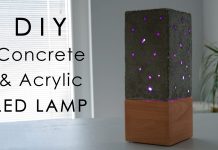
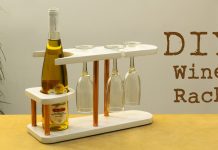
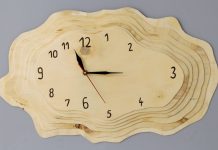
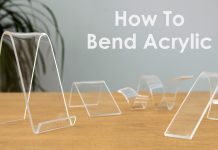
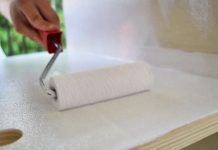
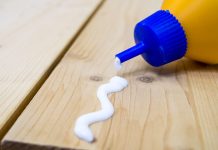


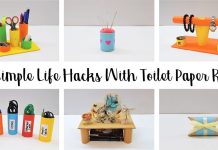
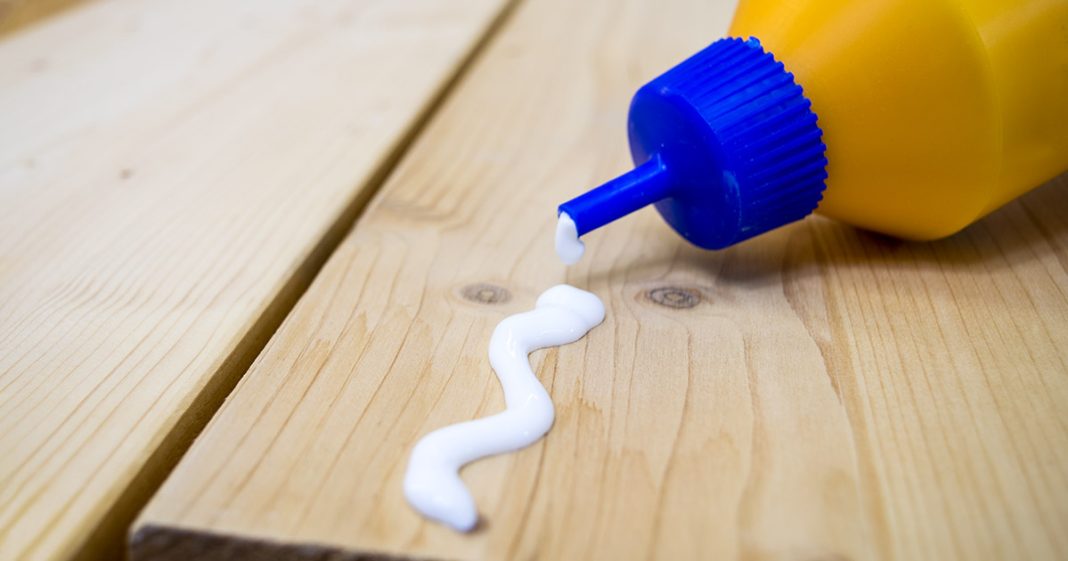

I love your video’s on youtube. They are some of the most thorough I’ve seen. Keep up the good work.
Thank you very much! 🙂
Muy ilustrativo y fácil de entender.
Voy a seguir sus pautas para confeccionar uno.
Felicitaciones y saludos.
Thank you so much! I’m happy to hear that! 🙂